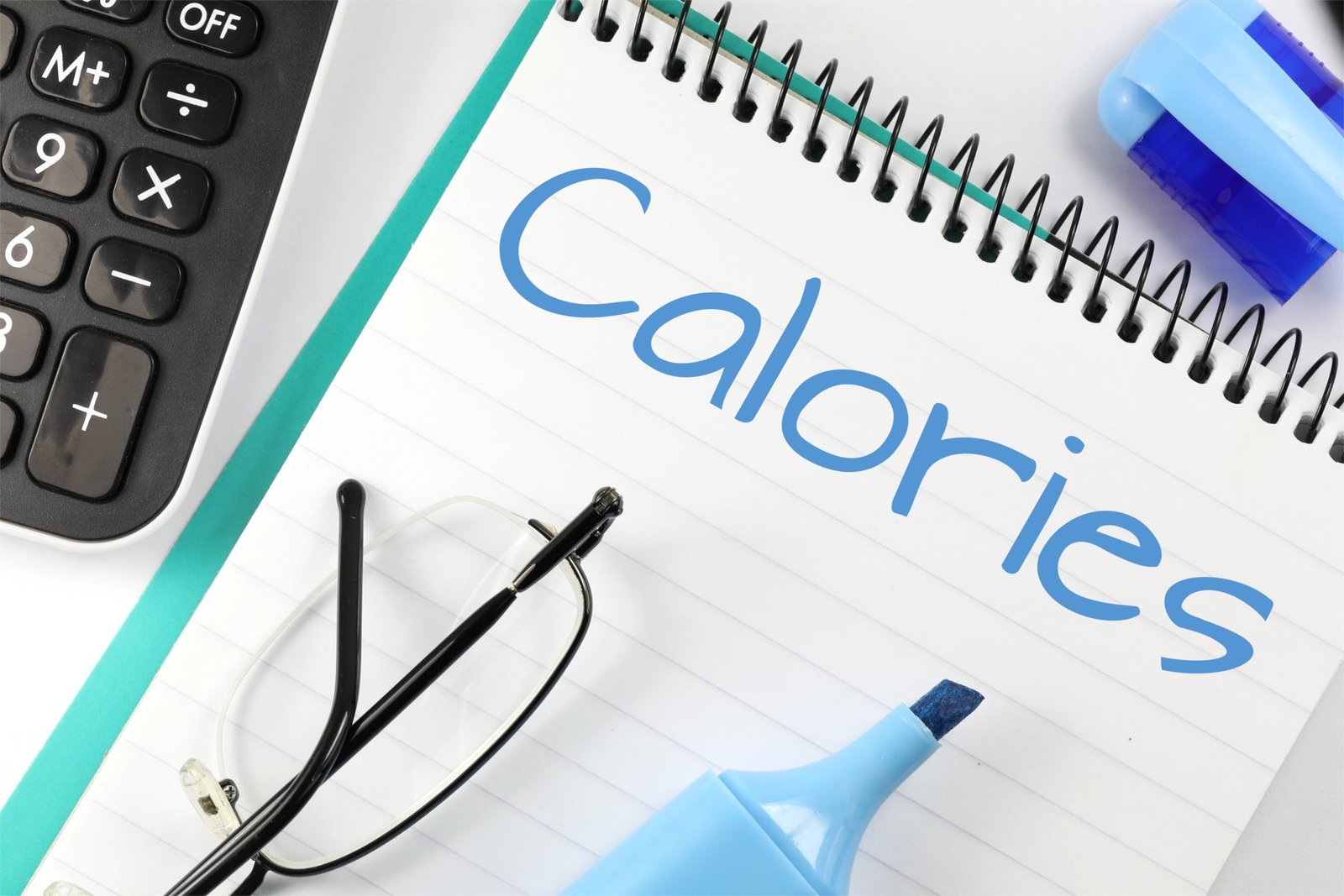Table of Contents
ToggleA Food Calorie Calculator:
Knowledge about calorie consumption in the food being eaten is one way that healthiness can be improved and maintained. You need to use a food calorie calculator to track calorie input. If you need to either lose weight or put on weight, keeping abreast of how many calories you consume is of much importance. This paper illustrates the function of a food calorie calculator, the benefits thereof, and how best it should be used.
What Are Calories?
Calories are units of energy by which our bodies work. You obtain calories from the food taken. Various foods contain different caloric content. For instance, a piece of bread weighs about 70 calories, and a medium-sized apple weighs about 95 calories. Knowing how many calories are in your foods will help you make good choices.
Why Use a Food Calorie Calculator?
A food calorie calculator is a handy tool for anyone interested in keeping track of their calories. Here are just some reasons you might want to make use of one:
Weight Control: People wanting to lose or gain weight need to know the number of calories they consume. A food calorie calculator keeps you on track.
Nutrition Awareness: A food calorie calculator raises your nutrition awareness. You might find out that some foods you once considered healthy are high in calories.
Balanced Diet: Using the calorie, you make sure to have the appropriate quantity of nutrients. A food calorie calculator helps you to know if you are eating enough amounts of proteins, fats, and carbohydrates.
Easy Tracking: There are so many food calorie calculators that can be found in applications or websites, making it easy to track what you take throughout the day.
How to Use a Food Calorie Calculator
Applying a food calorie calculator is straightforward. Here’s how you start:
Step 1: Choose Your Calculator
Online and mobile applications are readily available for food calorie calculations. Choose one that makes it easy to work your way through it and gives great access to a large comprehensive food database.
Step 2: Determine Your Goals
Before you begin using the food calorie calculator, determine your goals. Do you want to lose weight, gain weight, or maintain your weight? With this information, the calculator will be able to advise you on what best suits you.
Step 3: Log Your Intake
You log your food throughout the day on the calorie calculator for food. Many of the calorie calculators will even let you look up certain foods or use a barcode scanner, so this step is rather easy and can be convenient. Always remember to record accurately and truthfully. It will then show your overall progress with a goal towards weight loss.
Step 4 : logging your meals
After logging your meals for three to four days, record your calorie intake. The food calorie calculator will indicate how many calories have been consumed versus the daily goal. Then you can make necessary adjustments if your calorie intake is too high or low.
Step 5: Make Adjustments
If you discover you are either consuming too many or too few calories, you will use the food calorie calculator to make adjustments. This can be achieved either by adjusting your portion size, food substitution, or by modifying the way in which you plan your meals according to your needs.
Tips to Use a Food Calorie Calculator Wisely
When using your food calorie calculator, consider the following tips for maximum efficiency.
Be Consistent: Try to log your meals as consistently as possible so that you can notice trends.
Do Not Miss Snacks: Snacks are frequently left out, but they do add up quickly. Track every single snack on the food calorie calculator.
Recipes: If you cook, then most of the ingredients can often be entered into the food calorie calculator in order to obtain the calorie content of the meal in general.
Check Serving Sizes: Always track the serving sizes of the meals you consume. A food calorie calculator will allow you to know how many calories you are taking with regard to what you are consuming.
Drink Water: Ensure that you record all your drinks since they, too, are full of calories.
Caloric Requirement
Your daily caloric needs are determined by age, gender, weight, height, and activity level. You can use a food calorie calculator to estimate how many calories you need. The general breakdown of daily calorie needs is as follows:
Women: Sedentary: 1,600-2,000 calories, Active: 1,800-2,200 calories
Men: Sedentary: 2,000-2,400 calories, Active: 2,200-2,800 calories
Again, these are averages. Use a food calorie calculator for a more accurate calculation.
Advantages of a Food Calorie Calculator
Here are some advantages of having a food calorie calculator in life:
1. Consciousness
It can better become conscious of what you are eating. You can identify that some snacks or some meals is much higher than your expectations. You can opt for better food using that information.
2. Accomplishment of Goals
Whether you want to lose weight or maintain your current weight, a food calorie calculator can help you stay accountable. You are more likely to reach your goals by tracking your intake.
3. Personalized Diet Plans
A food calorie calculator helps you tailor your diet according to your specific needs. It helps you understand which foods contribute to your calorie intake and allows you to make better choices.
4. Motivation
Seeing your progress on a food calorie calculator will be motivating enough to make you stick to your diet plan. Many calculators have a visual representation of the same, which will also keep you committed.
Misconceptions About Calories
Calories are so misleading in terms of what we perceive them to be. Here are a few that should be known:
1. All Calories Are the Same
Though a calorie is like another calorie since it provides the same number of calories, it actually matters where that calorie is coming from. Therefore, 100 calories from a candy bar are not equivalent to 100 calories from an apple. The latter also comes with more nutrients that benefit the body more than the former.
2. Starvation Increases Weight Loss
Some people think that skipping meals will actually make them lose weight, but this can lead them to overeat later on. A food calorie calculator will help you maintain an even eating schedule.
3. Low-calorie foods Are Always Healthy
Food items that are low-calorie do not necessarily mean they are healthy. Some might be lacking in essential nutrients. Always check the nutritional value when using a food calorie calculator.
Foods to Incorporate into Your Diet
In a calorie calculator food diary, ensure that the diet is as varied as possible. Some examples of healthy foods include the following:
Fruits and vegetables: These are typically low in calories but have lots of nutrients, keeping you full for longer without consuming much.
Whole grains: They include things like brown rice, quinoa, and whole-grain bread. These have fiber and nutrients.
Lean Proteins: These include chicken, turkey, fish, beans, and legumes. These tend to be full of proteins that will keep you for a long time.
Healthy Fats: These consist of avocados, nuts, and olive oil. They are healthy in the body.
Foods to Limit
When utilizing a food calorie calculator, it is prudent to limit specific foods.
Sugary Drinks: These can add many calories to your diet without really making you feel full.
Processed Foods: Processed foods are high in calories and low in nutrients. They sometimes even contain unhealthy fats and sugars.
Fast Foods: Fast foods tend to be calorie-rich with a minimal amount of nutrients intake. Cooking at home is always preferred when it’s possible.
Conclusion
A food calorie calculator is one of the best tools that anyone would want if looking to diet or get healthier. Understanding your intake of calories helps you make food choices and stay on track.
You may be planning to lose weight, gain weight, or just keep the same weight. A food calorie calculator can help you do just that. Remember, just be consistent, keep a tab on what goes into your mouth, and regulate your diet. Happy tracking!




